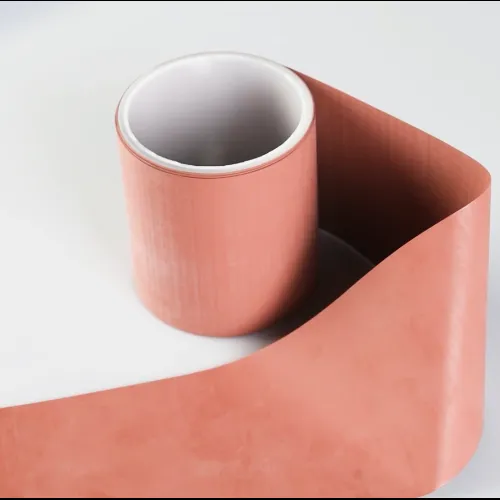
Generally, the heat source in the appliance transfers heat through contact with the radiator, but there is a gap between the radiator and the heat source. The air in the gap will hinder the heat transfer efficiency, so it is necessary to use a thermally conductive gap filler to fill the radiator and the heat source In the meantime, the air in the gap is eliminated, the contact thermal resistance between the two is reduced, and the heat transfer efficiency is improved.
The thermally conductive insulating sheet is a silicone polymer elastomer reinforced with glass fiber as the base material. This kind of thermally conductive insulating sheet can effectively reduce the thermal resistance between the electronic component and the radiator, and is electrically insulated, with high breakdown voltage strength, good thermal conductivity, tear resistance, etc., and can withstand high voltage Short circuit caused by the piercing of metal parts. It is an excellent thermal insulation material to replace mica and thermal paste.
In addition to good thermal conductivity, the thermally conductive insulating sheet has a breakdown voltage value that cannot be achieved by general thermally conductive materials. It can effectively prevent the thermally conductive insulating sheet from being ionized and broken down in the electric field, ensuring the performance and service life of the device, and its thickness Very thin, the thickness of the conventional thermal insulation sheet is 0.25-0.3mm, which fits the current development trend of miniaturization, high integration and multi-function.

 English
English
 usheenthermal
usheenthermal



